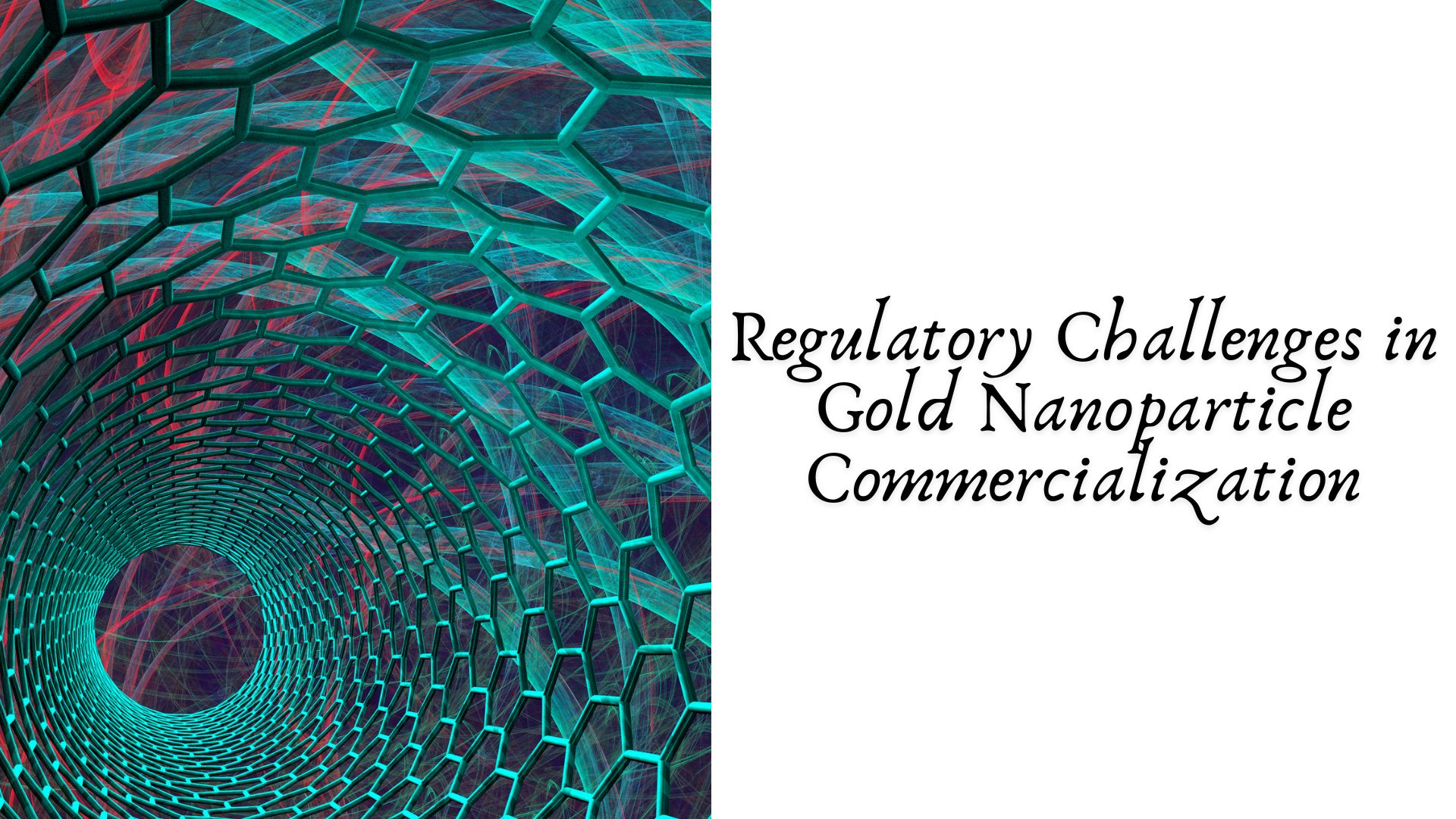Introduction
Gold nanoparticles (AuNPs) have garnered immense interest over the past two decades for their exceptional properties and versatility in a wide array of applications, including medicine, electronics, environmental monitoring, and cosmetics. With their unique optical, chemical, and physical characteristics, AuNPs present unprecedented opportunities in diagnostics, drug delivery, imaging, and catalysis. However, as these particles transition from the research lab to commercial markets, a new set of hurdles emerges—particularly in the realm of regulatory compliance and oversight.
Commercialization of gold nanoparticles is not merely a technological endeavor; it’s a multifaceted challenge shaped by scientific uncertainties, ethical considerations, environmental concerns, and most critically, regulatory frameworks that are often ill-equipped to handle the intricacies of nanomaterials. This article explores the regulatory challenges faced in the commercialization of gold nanoparticles and offers insights into potential pathways for resolving them.
Complexity of Nanomaterial Classification
One of the foremost regulatory challenges in the commercialization of gold nanoparticles lies in their classification. Nanoparticles straddle the line between traditional chemicals and new materials, making them difficult to categorize under existing regulatory frameworks. For example, most chemical regulatory systems such as REACH (Registration, Evaluation, Authorisation and Restriction of Chemicals) in the EU and TSCA (Toxic Substances Control Act) in the US were designed for bulk chemicals, not materials with unique properties at the nanoscale.
Gold nanoparticles can vary dramatically in terms of size, shape, surface coating, charge, and functionalization. These variations affect their behavior, toxicity, and environmental interactions. Unfortunately, current regulations often treat all forms of a material (e.g., bulk gold and gold nanoparticles) as a single entity, potentially overlooking critical safety issues unique to the nanoscale.
Inadequate Toxicological Data
Despite extensive research, there remains a significant lack of comprehensive toxicological data for gold nanoparticles. While elemental gold is generally regarded as biologically inert and safe, its behavior at the nanoscale can be dramatically different. AuNPs may penetrate biological barriers, interact with cellular structures, and induce unforeseen immunological or inflammatory responses.
Regulators require robust data on absorption, distribution, metabolism, excretion (ADME), and toxicity to assess the risks associated with nanoparticles. However, the field still lacks standardized testing protocols, dose metrics (mass vs. surface area vs. particle number), and long-term studies that are essential for safety evaluations. This gap creates uncertainty, prompting regulatory bodies to adopt a cautious or restrictive approach.
Variability in International Standards
Another major hurdle is the inconsistency in regulatory standards across countries and regions. While some countries like the United States and members of the European Union have started integrating nanomaterials into their existing regulatory frameworks, many developing nations lack specific regulations or have only vague guidelines.
This inconsistency creates challenges for companies seeking to commercialize gold nanoparticle-based products globally. Navigating multiple regulatory regimes can be time-consuming and costly, especially when requirements differ significantly regarding labeling, safety testing, environmental impact assessments, and permissible exposure limits.
Environmental and Life Cycle Considerations
The environmental fate of gold nanoparticles is another area of concern. Once released into the environment—whether during manufacturing, usage, or disposal—AuNPs may accumulate in water bodies, soil, and living organisms. Their long-term ecological impacts are still under study, but early findings suggest potential risks to aquatic life and microbial ecosystems.
Regulatory bodies are increasingly demanding that manufacturers consider the entire lifecycle of nanomaterial-based products, from production to disposal. This includes requirements for environmental risk assessments and sustainable waste management practices. However, the lack of standardized methodologies and baseline environmental data complicates these evaluations.
Product-Specific Challenges in Regulation
Different applications of gold nanoparticles face different regulatory hurdles:
- Medical Applications: AuNPs used in drug delivery, imaging, or cancer therapy must comply with stringent regulations from agencies such as the FDA (U.S. Food and Drug Administration) or EMA (European Medicines Agency). These include detailed clinical trials, manufacturing standards (GMP), and post-market surveillance.
- Cosmetics: When used in skin creams or anti-aging products, gold nanoparticles fall under cosmetic regulations. However, concerns about dermal penetration and long-term exposure often lead to scrutiny and demand for detailed safety data.
- Food and Nutraceuticals: The use of AuNPs in food packaging or supplements raises alarms due to the potential for ingestion and unknown metabolic effects. Regulatory bodies typically adopt a conservative approach, requiring extensive testing and approval processes.
Lack of Public Awareness and Ethical Concerns
Public perception also plays a critical role in regulatory decision-making. A lack of awareness or understanding about nanotechnology can lead to skepticism, fear, and resistance—particularly when nanoparticles are involved in healthcare or consumer products.
Regulators must balance innovation with caution, often incorporating ethical considerations into their frameworks. These include questions about informed consent (for medical applications), labeling transparency, and equitable access to nano-enabled technologies.
Industry and Academia Disconnect
A further complication is the disconnect between academic research and industrial regulation. While researchers rapidly develop novel AuNPs with promising functionalities, they often do so without considering regulatory implications or manufacturing scalability. Bridging this gap requires stronger collaboration between scientists, industry stakeholders, and regulatory authorities to ensure that innovations are not only effective but also compliant and safe.
Conclusion
Gold nanoparticles hold transformative potential across industries, but their path to commercialization is paved with complex regulatory challenges. From classification and safety evaluation to environmental impact and public perception, the journey requires coordinated efforts among regulators, scientists, and manufacturers.



